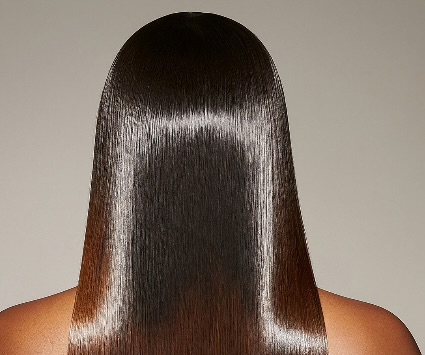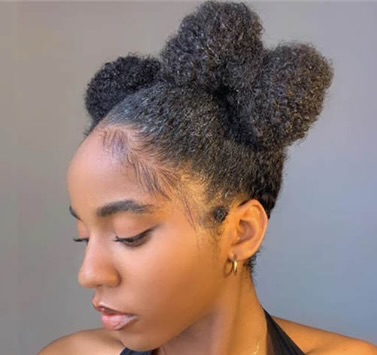Keratin treatments have become a go-to for anyone craving smoother, frizz-free hair with salon-level shine.
But as professional treatments can be pricey, many people are turning to at-home kits promising the same sleek results.
While the idea sounds tempting, doing a keratin treatment at home isn’t as simple as it looks, and it’s important to know the risks, benefits, and best practices before trying it yourself.
Keratin is a protein that naturally occurs in hair, helping to keep it strong and smooth. Over time, heat, chemical processing, and environmental stress can deplete keratin levels, leading to dryness and frizz. Professional treatments work by infusing synthetic keratin back into the hair shaft and sealing it with heat, creating a sleek, polished finish that can last for weeks.
At-home keratin kits, on the other hand, are typically less potent and designed for safer use without salon-grade tools or chemicals. Many are formaldehyde-free, which makes them gentler but also less long-lasting. They can still reduce frizz, enhance shine, and make detangling easier—but the results might not be as dramatic or durable as a professional treatment.
However, the biggest concern with DIY keratin treatments is application technique. Uneven product distribution or excessive heat can cause patchy results or even damage the hair. If you’re going to try it at home, make sure your hair is healthy, clarified (to remove buildup), and thoroughly dried before applying the product. Always follow the instructions closely, use a ceramic flat iron for sealing, and avoid using too high a temperature, especially on color-treated or fine hair.
It’s also crucial to manage expectations. At-home treatments work best for mild frizz and texture control, not for permanently straightening tight curls or coils. For more transformative results, a salon professional can tailor the formula and temperature to your hair’s unique needs.
If you’re looking to smooth your strands without risking damage, consider keratin-infused masks or leave-in conditioners as a gentler alternative. These products can strengthen and soften the hair over time without the intensive chemical process.
In short, at-home keratin treatments can be convenient and cost-effective, but only with the right prep, care, and realistic expectations.





